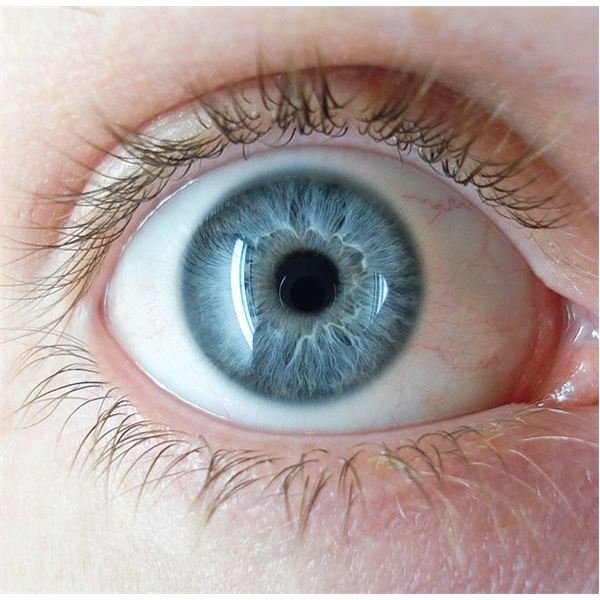The Genetics of Hair Colour and the Genetics of Facial Characteristics
You are unique, a one of a kind, a true original. There has never been anyone else like you on the planet nor will there ever be again. And unless you are an identical twin you have a look that’s all your own too. Sure you may appear to be a bit like your mum and dad, and you might share the same eye colour and nose shape as your brother and sister, but overall you’re a one-off.
The reason you look the way you do is down to your genes, the two sets of building plans that you inherited from your parents. Now science has yet to unpick all the genetic and molecular relationships underpinning facial characteristics, but some, like red hair genes, the genes behind blue eyes and the genetics of dimples are well known.
Hair Colour
Whether you’re blonde, brunette, something in between or a stunning redhead, hair colouring is due to a pigment known as melanin. And there are two types - eumelanin and phaeomelanin, and generally speaking the colour is determined by the relative abundance of each pigment, which is governed by which pigment genes are switched on or off. For example, black hair is the product of having more eumelanin. Someone with only a little eumelanin has blonde hair. Hair colour genetics is a complex subject and much still remains to be discovered. The genetics of red hair is not exempt from this, but what has been determined is that the colouring is due to mutations in the MC1R gene which codes for a protein that plays a key role in the conversion of phaeomelanin to eumelanin.
Eye Colour
As with hair colour the pigment melanin is involved in determining eye colour. The process involves several genes and the molecular pathways and patterns by which the colour is created is still not fully understood. A recessive mode of inheritance is what lies behind blue eyes, and bey2 and gey, are the two genes that work together to make brown, green, or blue eyes. These are the names of theoretical genes to help to explain eye colour genetics. Though a recent discovery confirmed that bey2 is a gene known as OCA2.
The picture for people with hazel eyes is a little misty at the moment and has received relatively little attention. There are several competing theoretical models to try and explain the phenomenon.
A break through in the understanding of eye colour genetics came in 2006 when researchers from the University of Queensland in Australia discovered that variation in eye colour is down to just a few changes in single stranded nucleotide sequences known as single polynucleotide polymorphisms (“snips”). According to the study the genetic changes were not actually responsible for changing eye colour but they are linked to something that is. The changes occurred near the OCA2 gene. Incidentally, mutations in this gene cause the most common form of albinism. The research also confirmed that there is no single gene for eye colour.
The Genes of Facial Structures
The genes that build noses and ears will be many and their relationship to each other will be complex. So if you are a parent wondering if your child will inherit, say, big ears, or a hook nose, it will be difficult to predict at the moment. However, more knowledge about the genetics of facial structures is surfacing from studies that look at medical conditions where ear and nose function or form are affected.
The genetic traits that cause dimples have been the subject of much research effort and whilst they can’t tell us about how they are formed, it is possible to work out whether your child will have dimples based on your family history.
Undoubtedly it would be interesting to many parents to be able to predict, with some degree of accuracy how their children might look. Aside from this the genetics of facial characteristics has another very useful purpose. If we know exactly which genes create which structures and how, it may one day be possible for forensic scientists to conduct a full face profile of a suspect from the tiniest slither of genetic material left behind at a crime scene.
